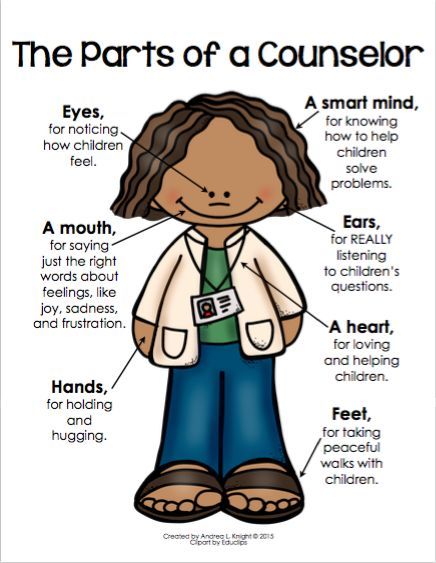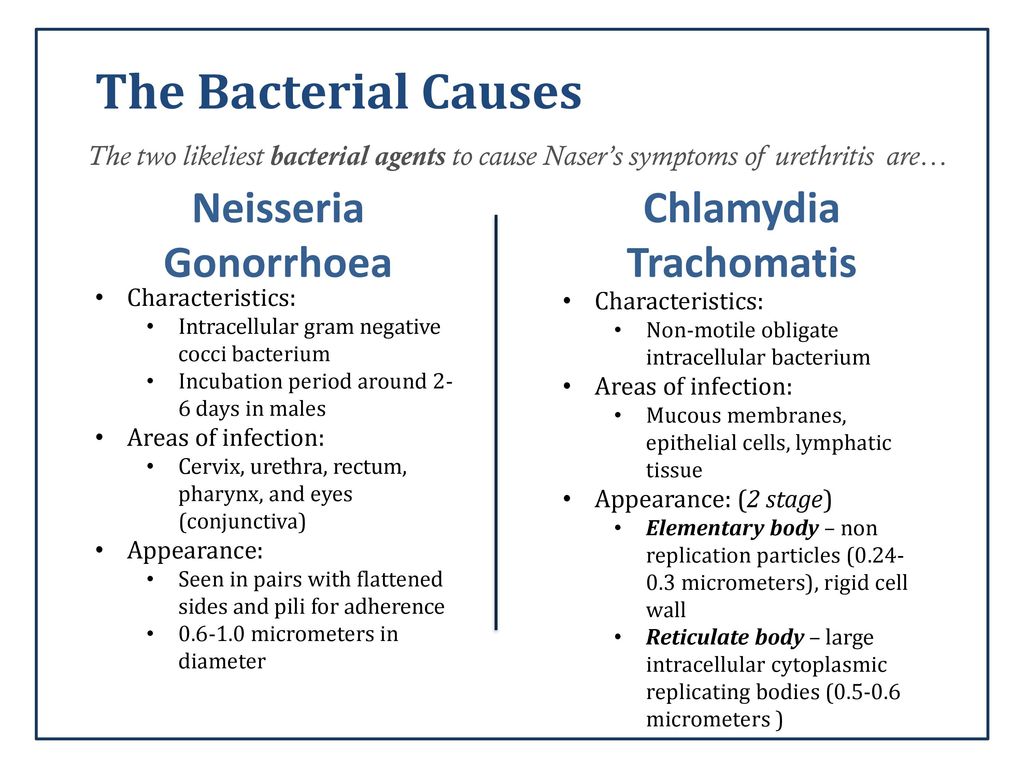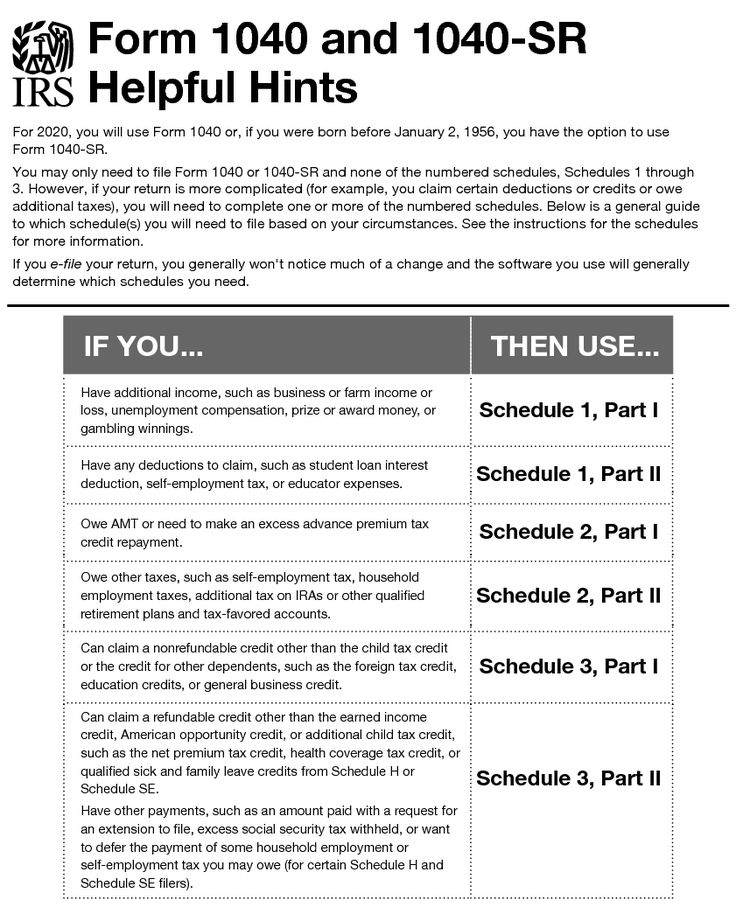How to punish a child for not listening
Disciplining children: An age-by-age guide
What's the best way to discipline a toddler? And what do you do when your kid won't listen to you? Here is an age-by-age guide to discipline your child.
As kids grow and change, so does their behaviour. The child who doesn’t throw tantrums at two may sass you at seven, and give you major attitude at 12. The best way to understand your children’s behaviour is to understand what they’re going through developmentally, say the experts. This knowledge will help you with disciplining children without resorting to yelling, threatening or having a meltdown yourself. “Discipline is about guiding and teaching our children — it’s not about punishment or anger,” says Scott Wooding, a child psychologist in Calgary and author of The Parenting Crisis. “It’s simply a way of helping kids learn right from wrong, and keeping them safe.” Here are some strategies to keep your kids on track at every age and stage.
How to discipline your toddler
Where they’re at: Your little guy isn’t whining, fussing or having temper tantrums to manipulate you or make you angry, says Elizabeth Pantley, author of The No-Cry Discipline Solution. “Mostly toddlers misbehave because they can’t express or control their emotions. They also tend to be very demonstrative. So when they’re happy, they’re very happy. And when they’re upset, they’ve very upset.” Your tot is naturally inquisitive, so it’s only normal for him to get into everything. His job is to test his new sense of independence; yours is to set limits.
Tantrums: These emotional blow-ups are usually the result of your child’s anger and frustration at not being able to say, do or get what he wants, says Pantley. He also has a very short fuse when he’s tired, hungry, bored or frustrated. Tantrums are a surefire way of letting you know: “I really need a drink/snack/toy/nap — right now!”
Contrariness: Offer your two-year-old an apple and she wants a banana.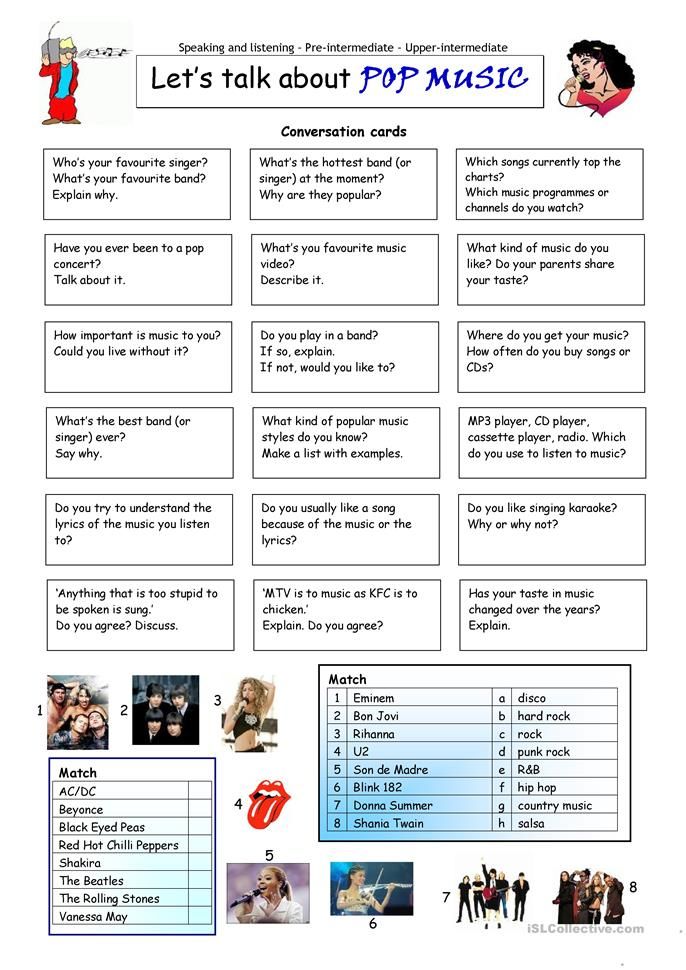 Dress her in pink and she wants to wear brown. Your toddler is in the early stages of forming an identity separate from you, and part of the process may be deciding if you want it, she doesn’t. Her favourite word: NO!
Dress her in pink and she wants to wear brown. Your toddler is in the early stages of forming an identity separate from you, and part of the process may be deciding if you want it, she doesn’t. Her favourite word: NO!
Offer choices: Toddlers are all about independence and control, so you can avoid a lot of problems by giving them a little more say in their lives, says Pantley. Two choices are enough for this age group, for example, “What do you want to do first: brush your teeth or put on your PJs?”
Keep your cool: Toddlers thrive on attention — positive or negative — so if you overreact when your child intentionally dumps her cereal, or has a meltdown in the grocery store, you can bet she’s going to do it again. Calmly let her know that we don’t pour our food on the floor or scream when we can’t have another cookie. Keep it short and simple (no lectures, please) or you’ll just confuse her.
Nip tantrums in the bud: Minimize meltdowns by finding out what triggers them. If your tot always loses it when she’s hungry, make a point of having lots of healthy snacks on hand. If she gets upset when she has to leave the park, give her lots of warning (10 minutes, five minutes, two minutes) before you start packing up. And limit visits to notorious trouble spots, such as the toy store.
Take a time out: By the time your child is two, time outs can be an effective discipline tool, say the experts at the Canadian Paediatric Society. If your tot angrily whacks his playmate over the head, take him to a designated time-out area where he can calm down and get control of himself. Explain to him what he’s done wrong, using simple words like “no hitting.” Time outs should only last for one minute per year of age, to a maximum of five minutes.
How to discipline your preschooler
Where they’re at Your preschooler’s memory and communication skills are developing and he’s better able to follow instructions and understand explanations. This age group is busy figuring out tricky social skills, such as sharing, manners and getting along with friends, says Pantley. “They’re learning so much more about the world, but as their horizons expand, they have a lot more to deal with and they don’t know quite how to handle everything.”
This age group is busy figuring out tricky social skills, such as sharing, manners and getting along with friends, says Pantley. “They’re learning so much more about the world, but as their horizons expand, they have a lot more to deal with and they don’t know quite how to handle everything.”
Whining: “It’s as painful to listen to as nails being scratched on a chalkboard — and it’s effective because you just want the noise to stop,” says Ari Brown, a paediatrician and author of Toddler 411. When whining becomes a habit, your child may not even realize she’s doing it.
Not listening: Your preschooler is glued to the TV, ignoring your repeated attempts to call him to dinner. “Asking a child something three, five or 10 times makes raging lunatics out of all of us, and a child learns he doesn’t actually have to respond until you’re hysterical,” says Sarah Chana Radcliffe, Toronto author of Raise Your Kids Without Raising Your Voice.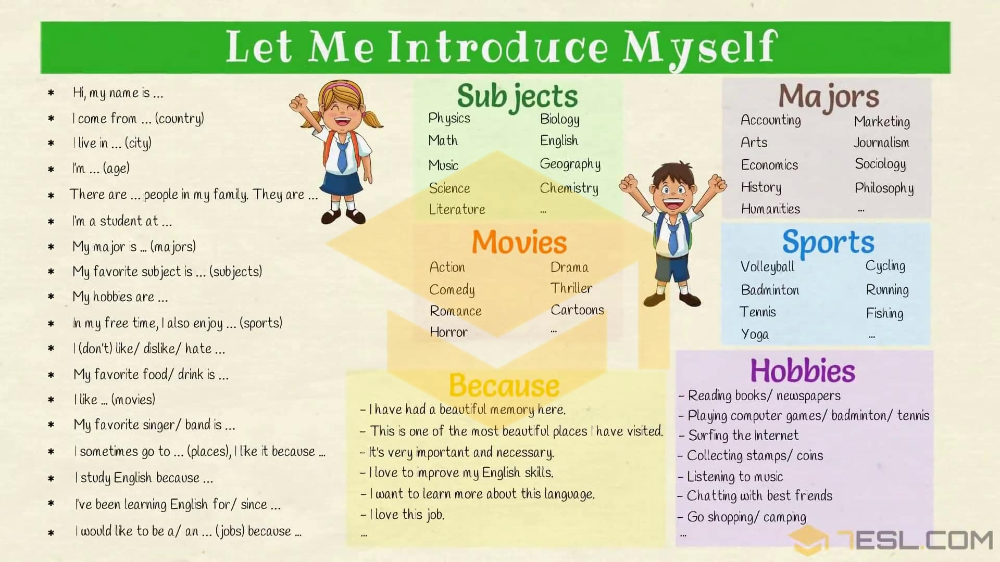
Never ask more than twice: Here’s how it works:
• Ask once nicely (“Please put your toys away”).
• Ask a second time, but warn of a negative consequence if your child doesn’t listen (“I asked you to please put your toys away. If you haven’t done it by the time I count to five, I’ll have to keep them from you until tomorrow evening”). Avoid making unrealistic threats like “Slam that door and you’ll never watch TV again!”
• Apply the negative consequence, if necessary. “If you don’t make good on your promise of discipline,” says Radcliffe, “you lose credibility.”
Catch them being good: Your preschooler really does want to please you, so make a point of encouraging him when he answers the first time you call him or shares a favourite toy. “We often pay attention to the behaviours we dislike and pay very little attention to the behaviours we want to see more of,” says Terry Carson, a parenting coach in Toronto.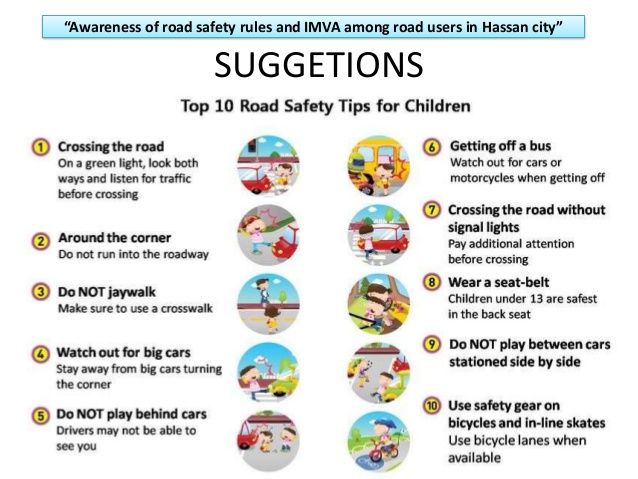
Model the behaviour you want to see” Children learn a lot more from what we do than what we say. If you lose your cool when you’re upset, expect your preschooler to do the same. If your child is a champion whiner, he may just be mimicking how you sound when you ask him to clean up his messy room.
How to discipline your school-aged kid
Where they’re at: “Big kids” are now better able to express their feelings and to demonstrate self-control, so this is a prime time to lay the foundation for future behaviour, says Radcliffe. “Whatever happens between the ages of five and 10 tends to have a major impact on what’s going to take place in the teen years.”
Typical trouble spotsGeneral compliance: “At this age, discipline is all about trying to get your child to do what he’s supposed to do — clean up, make it out the door on time, get his homework done,” says Radcliffe. “While preschoolers can be challenging that way too, it’s a lot tougher with this age group since you can’t just pick them up and put them into bed or carry them out the door.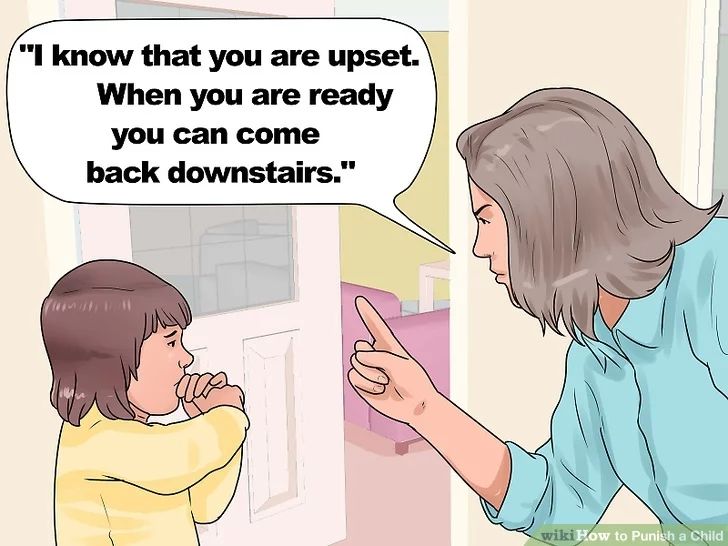 ”
”
Take a coach approach: Coaches use questions beginning with what and how to help team members reach their goals, says Carson. If your son has a fight with a friend, ask him, “What could you do differently the next time?” Your goal is to help him learn from the mistakes he made this time so he can do better the next time.
Push the rewind button: When possible, give your child a second chance. Explain what she’s done wrong and remind her of the behaviour you’d like to see. And thank her when she gets it right, says Carson.
Use logical consequences: Otherwise known as cause and effect, these should be directly related to your child’s behaviour. If your eight-year-old is late for school because she had trouble getting up in the morning, make bedtime earlier the next few nights rather than revoking her TV privileges. The best consequences are the ones whereby your child learns something.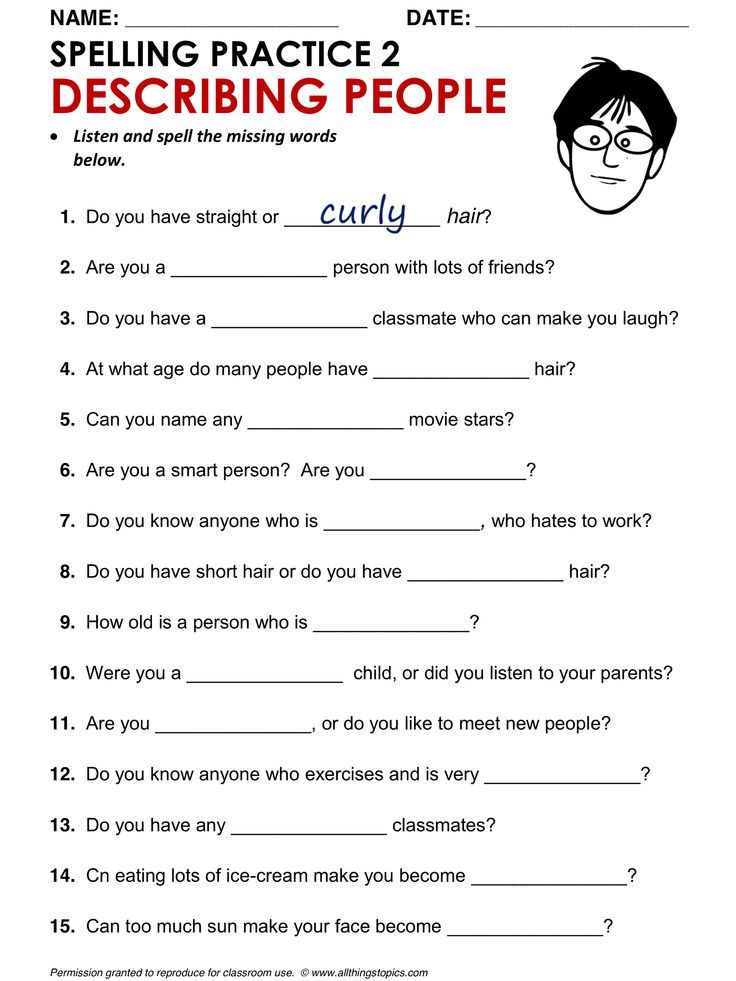
How to discipline your tween
Where they’re at: “Tweens are starting to spread their wings and they want to go further, stay out longer and do more with their peers,” says Radcliffe. That can be scary for parents (especially with the first child) who don’t want to give up the control. The result? A seismic power struggle.
Typical trouble spotsBacktalk: These are prime years for backtalk as tweens gain independence and want to see how you respond if they exert control, says Michele Borba, author of The Big Book of Parenting Solutions. This is also the stage when kids want to “fit in” and appear “cool,” so they may copy their peers’ behaviour.
Contrariness: Preteens are ready to argue, debate and take you on every chance they get, especially if they think you’re being unfair. “Typically, problems with preteens revolve around privilege and freedom issues — how much time they can spend on the computer, whether or not they can have a cellphone, a later curfew or are allowed to text,” says Radcliffe.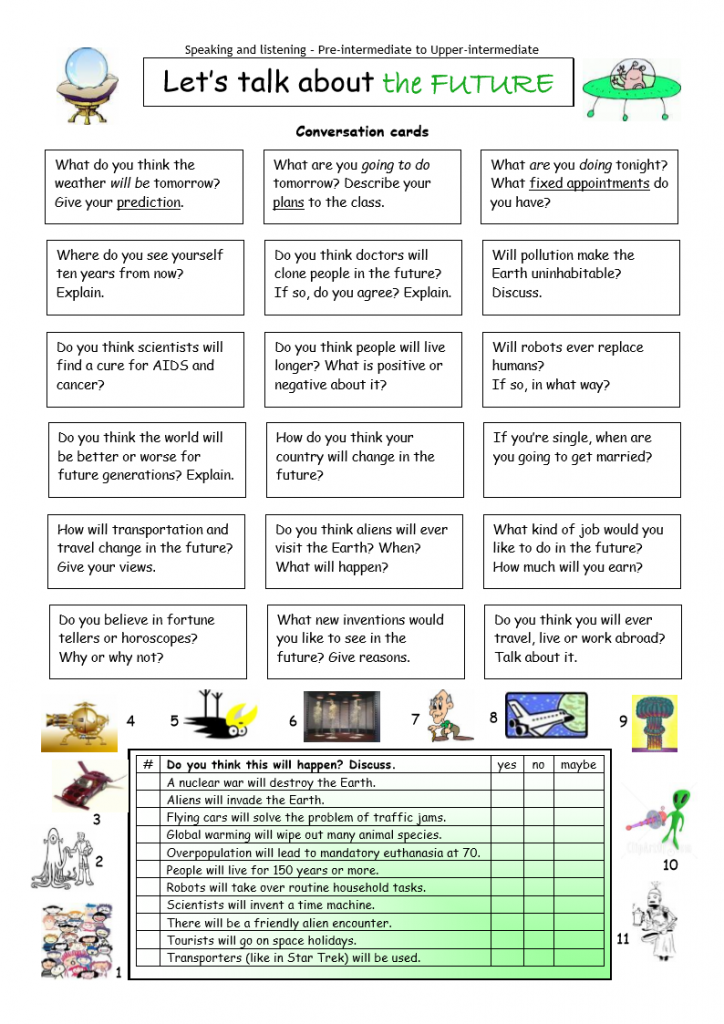
Don’t dictate: When you’re setting rules and limits, involve your young debater in the process. Explain your position, listen to his, and then compromise where you can. If your 11-year-old wants to bump up his bedtime to 10 p.m., but you’d rather he go to bed at 9, for example, tell him you’ll try out 9:30, provided he isn’t nodding off at school. “A willingness to be flexible and negotiate with your kids will garner you more co-operative behavior in the future,” says Carson.
Negotiate later: Parents often try to reason with their tweens when they’re in the middle of a hissy fit, says Carson. “What we’re teaching them is that as long as they complain loudly enough, we’ll be flexible.” Be firm in the moment, then negotiate later when everyone has calmed down.
Use when and then: “When you’ve finished your homework, then you can play computer games.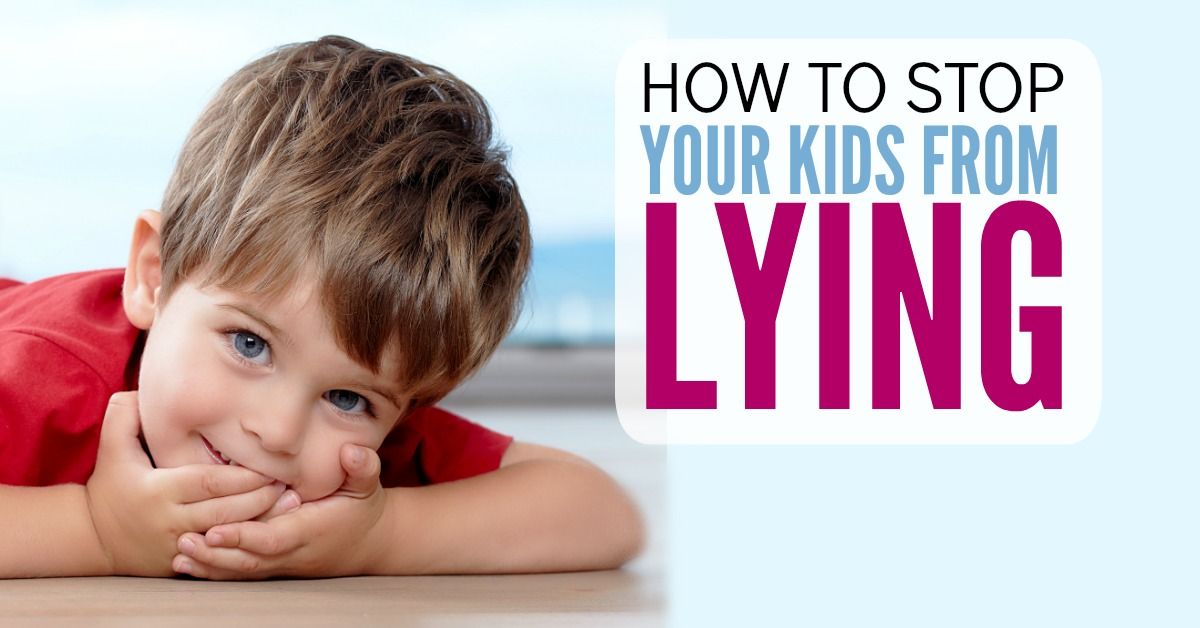 ” “This is a phrase that works well for this age group, since you’re still giving your child free will,” says Radcliffe.
” “This is a phrase that works well for this age group, since you’re still giving your child free will,” says Radcliffe.
Have clear expectations: “I will not tolerate rudeness,” may be number one on your list. Whenever your tween uses a sassy tone (or engages in yelling, name-calling, put-downs or insults), call her on it immediately, says Borba. “Make it clear that you expect respect, and that telling you to ‘chill out’ when you talk to her is unacceptable.”
How to discipline your teen
Where they’re at: “Parents need to realize that brain changes are taking place, hormonal changes are taking place,” says Wooding, “and kids just aren’t in complete control of their own behaviour.” The drive for independence becomes a dominant force in your teen’s life, and his peer group rules.
Typical trouble spotsMajor attitude: Your child may not be an adult yet, but don’t try telling him that! “Teens want to make all their own decisions, and they’re trying to do things they’re not quite ready to do,” says Wooding.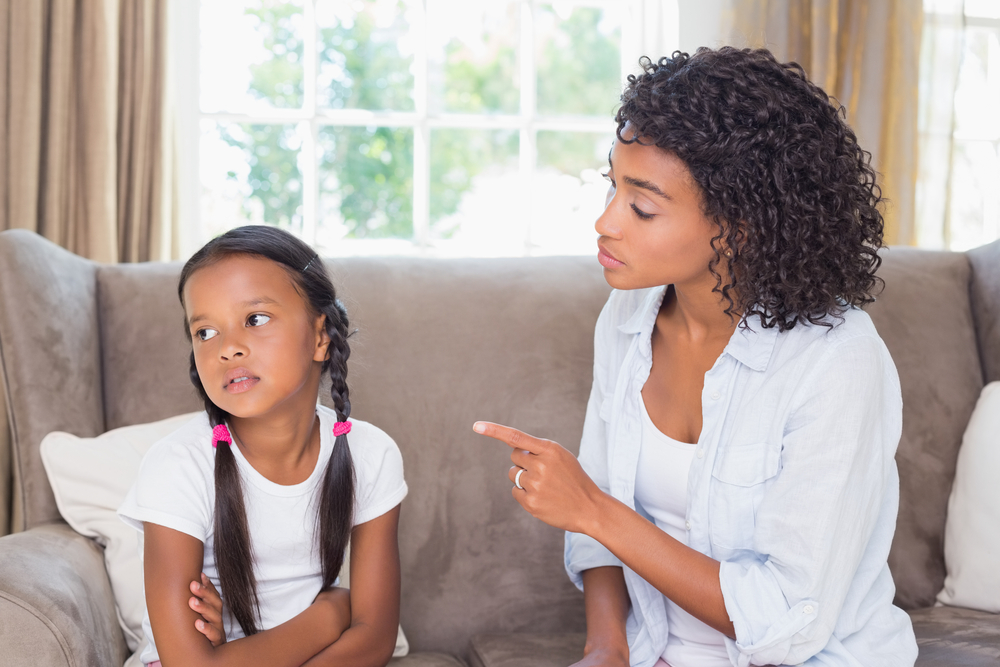 “The trouble is teens don’t always make good decisions since they’re based on emotion rather than reason or logic.”
“The trouble is teens don’t always make good decisions since they’re based on emotion rather than reason or logic.”
Don’t take it personally Your teen is not trying to find ways to make you angry, even if it seems that way, says Wooding. Stay calm and tell yourself it isn’t personal (“My child isn’t attacking my authority, she isn’t attacking my parenting — she just isn’t getting what she wants right now”). You can’t have an argument if only one person is arguing.
Keep setting appropriate limits: Teens feel more secure when they have clear boundaries on issues like homework and curfews, says Wooding, but don’t make them up on the fly. Sit down with your teen in late August and hammer out the rules for the upcoming school year. Remember as well to build in more freedom and responsibility as your child grows.
5 golden rules of discipline
1. Stand firm.
We all hate conflict, but if you don’t stick to the rules and consequences you set up, your kids aren’t likely to either, says Wooding.
2. Pick your battles.
Give the small things small attention and the big things big attention, and you’ll be happier and calmer — and (bonus!) your children will be happier, calmer and better behaved too, says Pantley.
3. Praise, don’t punish.
Try to practise “good feeling” discipline most of the time, says Radcliffe. “Simply put, your tone of voice, your behaviour, the words you’re using, should all feel good to your child 80 percent of the time. If you can do that, you can do no wrong.”
4. Set clear rules and expectations.
A carefully selected bunch of age-appropriate rules can make family life a whole lot smoother and easier, says Radcliffe. For example, the “no cookies before dinner” rule prevents regular arguments about snacking before supper. The “no computer after 10 p.m.” rule stops a nightly dispute about shutting down the PC.
5. Provide unconditional love.
Yes, it’s a no-brainer, but children need to know you love them, every day, even when they’ve done something bad.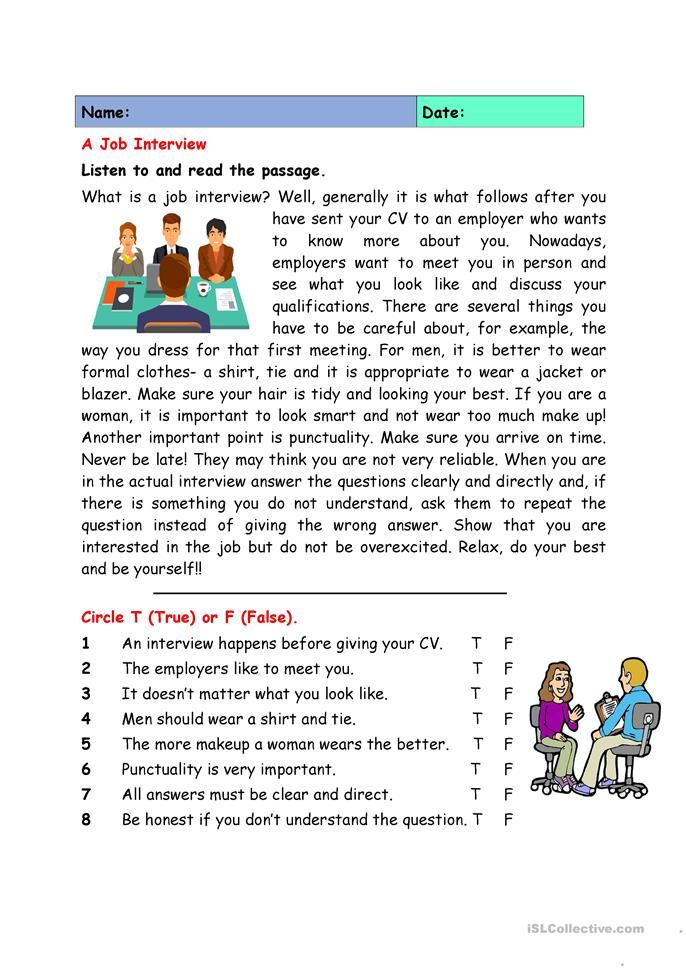
Stay in touch
Subscribe to Today's Parent's daily newsletter for our best parenting news, tips, essays and recipes.- Email*
- CAPTCHA
- Consent*
Yes, I would like to receive Today's Parent's newsletter. I understand I can unsubscribe at any time.**
FILED UNDER: age by age Discipline Preschool behaviour service seo Toddler behaviour Toddler development
Is There a Way to Discipline a Child Who Just Won’t Listen?
Tanya J. Peterson
Trying to figure out how to discipline a child that won’t listen is common parenting issue. It can feel like the more you try to get your child to listen, the more stubborn they become. The result is often a stand-off. The greatest casualty is a positive, loving relationship. It doesn’t have to stay this way. There are ways to discipline a child who won’t listen; even better, you can guide them so they listen willingly the first time you need them to do something.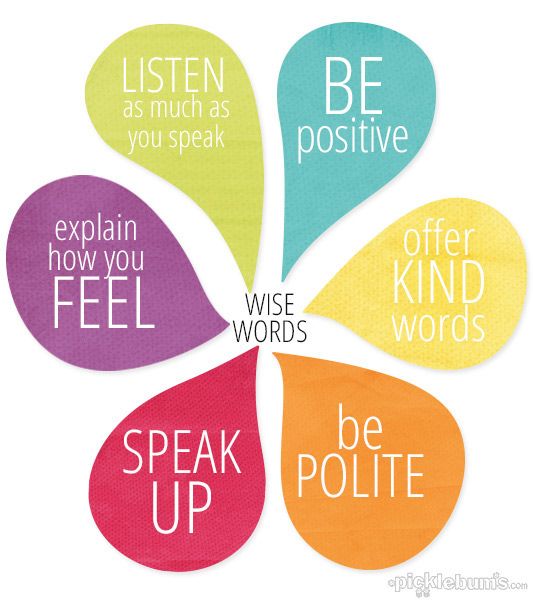
How to Discipline a Child That Won’t Listen: Build a Positive Relationship
The way to get a child to listen has less to do with getting them to follow orders right now and more to do with building the type of parent-child relationship in which kids willingly listen. Of course, you want to stop the negative behavior. To function well, kids must be able to listen to and cooperate with parents, teachers, coaches, and others. The key is in your approach.
Fostering a positive, close relationship with your kids is the best way to deal with negative behavior like not listening. Kids need affection from and positive time with parents. Making some time, even 10 minutes, every day to give your kids your undivided attention, to play with them, to listen to them makes them feel valued, loved, and more willing to listen.
Building a strong relationship with your child allows you to teach and guide them. In addition to getting them to listen, you’ll lead them toward becoming cooperative, listening teenagers and beyond.
See: Do You Really Know How to Discipline Your Child?
How do parents accomplish this? How does a parent use guidance, teaching, and a positive relationship to discipline a child that doesn’t listen? The following do’s and don’ts of getting kids to listen will help show you the way.
The Do’s of Disciplining a Child Who Won’t Listen
Think of the following suggestions as a guidebook to help you deal with your child when they choose not to listen. Do:
- Set clear rules and limits and make sure your child understands; sometimes a “refusal” to listen is really a lack of understanding.
- Use consistent, logical consequences. Kids need to know what to expect when they don’t listen.
- Listen to your child’s feelings and ask them kindly rather than in anger what’s going on. Acknowledge their side, and you can still follow through with a consequence.
- Treat kids with the same respect you expect from them.
- When you say yes or no or give an order, mean what you say and follow through with it.
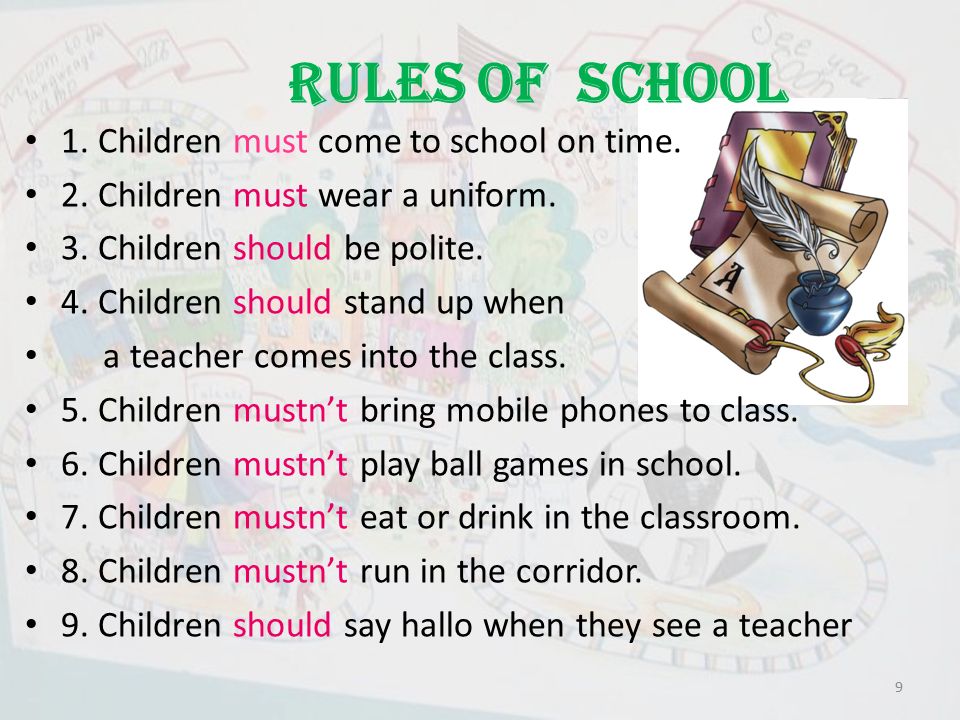 Inconsistency tells kids they don’t have to listen because you don’t mean what you say.
Inconsistency tells kids they don’t have to listen because you don’t mean what you say. - Notice when they listen and cooperate. Reinforce good listening with praise rather than waiting to punish kids for not listening.
- Allow kids to have a second chance. Do-overs are great teaching tools. You show kids that they can put the brakes on in a negative situation, use coping skills to regroup, and start over in the right direction.
Each of these dos is about you guiding your child to help them become a better listener. Guidance helps your relationship by sending the message that you and your child are on the same side. They do have to listen and cooperate, and this way they’re more willing.
How to Discipline a Child Who Refuses to Listen: The Don’ts
Just as there are helpful things you can do when teaching your child to listen, there are actions to avoid doing. Don’t:
- Lecture your child about the broken rule and the lack of listening
- Dwell on them “never” listening, bring up the incidents constantly
- Punish them but instead give guidance and consequences
- Belittle your child or try to make them feel bad
- Add more punishments when one doesn’t work.
 You’ll end up with a power struggle and lots of punishments that don’t work.
You’ll end up with a power struggle and lots of punishments that don’t work. - Try to be your child’s friend to get them to listen. They need a compassionate parent who gives reasonable limits and follows through.
- Threaten or yell. Scaring and intimidating don’t encourage listening.
See: How to Discipline a Child Without Hitting or Yelling
Guiding and teaching your kids is a gradual and ultimately successful process. How to discipline a child that won’t listen involves setting clear limits and consequences and working with your kids to help them grow.
Finally, be a role model. Kids watch what parents do, so when we want them to listen, we must model how. Listen to your kids. Give them your full attention. When they ask you to do something, respond immediately. It comes back to connection and relationship. A big part of listening is about showing respect and caring—just like the process of teaching kids to listen.
article references
APA Reference
Peterson, T. (2022, January 11). Is There a Way to Discipline a Child Who Just Won’t Listen? , HealthyPlace. Retrieved on 2022, December 9 from https://www.healthyplace.com/parenting/discipline/is-there-a-way-to-discipline-a-child-who-just-wont-listen
(2022, January 11). Is There a Way to Discipline a Child Who Just Won’t Listen? , HealthyPlace. Retrieved on 2022, December 9 from https://www.healthyplace.com/parenting/discipline/is-there-a-way-to-discipline-a-child-who-just-wont-listen
Last Updated: January 16, 2022
Medically reviewed by Harry Croft, MD
More Info
The Connection Between Father and Son
Parenting with PTSD: Preventing Secondary PTSD in Your Children
Understanding School Refusal
Are There Downsides to Participating in Child Therapy Groups?
What Are Treatments for Learning Disabilities?
What Are Emotional and Behavioral Disorders?
Coaching Flexibility To The Overly Rigid Child
How to properly punish a child: 10 important rules
One of the eternal questions of parents, a cause for anxiety and worry, heated discussions and disputes - should children be punished or not? And if yes, then how to do it right, so as not to harm the unstable child's psyche? And if you do not punish, then where is the guarantee that the child will not grow up as a spoiled egoist, ready at any moment to sit on the neck of kind-hearted parents and turn into a real tormentor? About this "Oh!" said family psychotherapist and clinical psychologist Maria Merolaeva.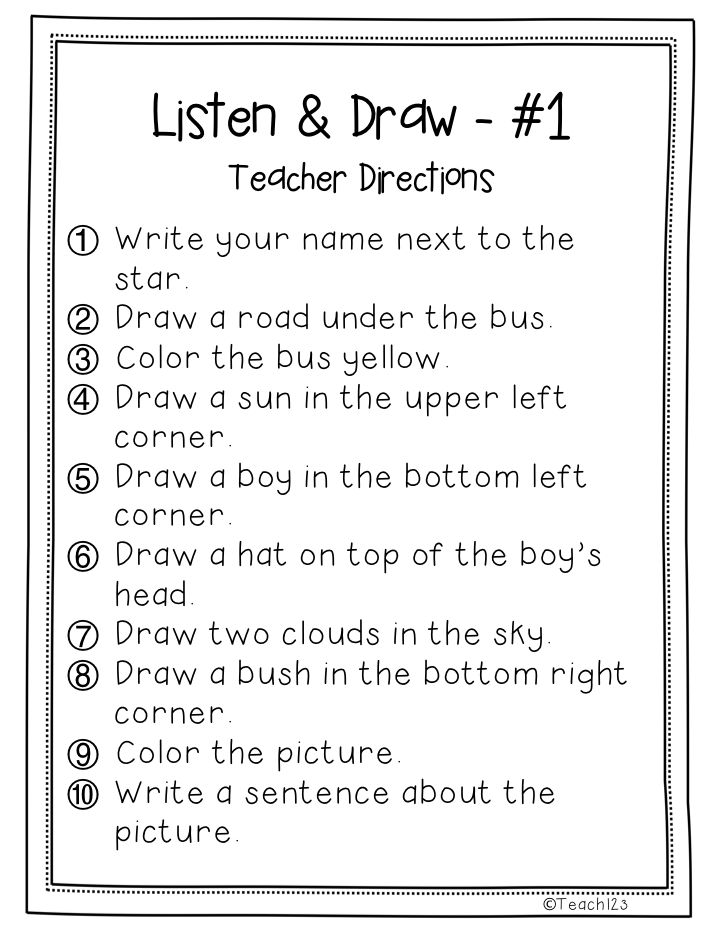
Maria Merolaeva, clinical psychologist, family psychotherapist
Some parents believe that a child is a source of sins and vices, it is necessary to punish him, using physical force, not sparing, otherwise nothing good will grow out of him. As a rule, they defend their position by saying that “we were beaten in childhood, and we grew up to be good people”, citing as an example those who grew up “not very”, which means, most likely, “they beat us a little”. The meaning of such a model of education is to subordinate the will of the child to himself, "so that he does not do stupid things."
The other extreme is to avoid any punishment, justifying it by saying that the child is “small, he just doesn’t understand what he is doing, he doesn’t do it on purpose, you just need to be able to negotiate with him” and so on. Thus, parents, without noticing it themselves, remove responsibility from their child. This model has become widespread in connection with the growth of the "value of the child" and denies the very idea of \u200b\u200bthe family hierarchy.
In fact, neither the first nor the second option is allowed. It is impossible to use physical and moral violence (to threaten, not to talk, blackmail, shout) to a child in any case. Of course, there are cases when a parent, under the influence of emotions, loses control and can spank or raise his voice, but deliberately making a child suffer means not leaving him a chance to develop such feelings as compassion, regret, not giving him the opportunity to realize that he is important and expensive.
Most often, parents leave the child completely unpunished, who are afraid of offending him, harming him, perhaps giving in to children's tantrums and anger, trying by any means to minimize their manifestations, or in the case of pedagogical neglect, when there is simply no strength to educate and it is easier to be allowed to do whatever you want than to try to change the behavior of the baby.
To figure out how to punish a child in a way that makes sense, you need to understand what punishment is, what is its purpose? What do we as parents want to achieve by punishing our children?
Etymologically, the word "punishment" comes from the verb "to show" - that is, to instruct, show. Then it is logical that "punishment" is something that we use to direct the child on the right path, to outline for him the boundaries of what is permitted. As a rule, when punishing, we want the best for our children - so that they understand what is good and what is bad, grow up as "real", "worthy" people, do not make irreparable mistakes in their lives, become better than us.
Then it is logical that "punishment" is something that we use to direct the child on the right path, to outline for him the boundaries of what is permitted. As a rule, when punishing, we want the best for our children - so that they understand what is good and what is bad, grow up as "real", "worthy" people, do not make irreparable mistakes in their lives, become better than us.
Then the next question is: what should be the punishment for the child to really realize that he did wrong, learn from what happened and learn from the experience? Will we achieve these lofty goals by raising a child with the help of carrots and sticks? Of course not. The only thing we can teach with such methods is to be afraid of punishments and parents, to try to earn encouragement, rewards - and all this without really thinking about what happened.
In order for punishment to be useful, and not just a way to relieve an upset, tired, helpless parent, the following rules must be observed:
-
The main rule stems from the basic need that every child has - the need for affection.
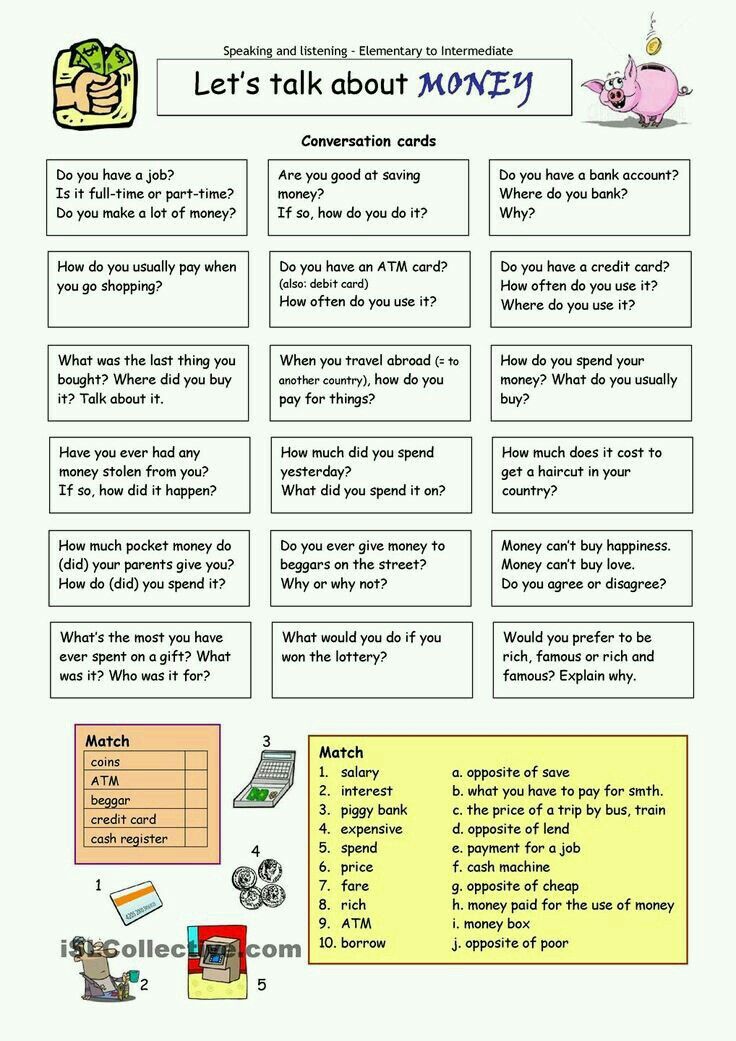 A parent for a child is, first of all, a source of protection, children need the care of a strong and responsible adult who is a priori higher and dominates, but not in order to subjugate and oppress, but in order to help and protect. When a secure attachment is formed, a very close bond is established between the child and the parent, which greatly simplifies the interaction and makes the baby obedient. When punishing a child, it is important to maintain a respectful attitude towards him.
A parent for a child is, first of all, a source of protection, children need the care of a strong and responsible adult who is a priori higher and dominates, but not in order to subjugate and oppress, but in order to help and protect. When a secure attachment is formed, a very close bond is established between the child and the parent, which greatly simplifies the interaction and makes the baby obedient. When punishing a child, it is important to maintain a respectful attitude towards him. -
In order for the lesson to be learned, the child, first of all, must understand, realize what he is wrong about, feel the consequences of his misconduct. And these consequences are not the belt or the cry of an angry parent, not the deprivation of sweets or the prohibition to leave the house. It is something that follows directly from what has been done. For example, if you were late home and didn’t call, it means that you don’t know how to plan your time and it’s too early for you to go out in the evenings with friends.
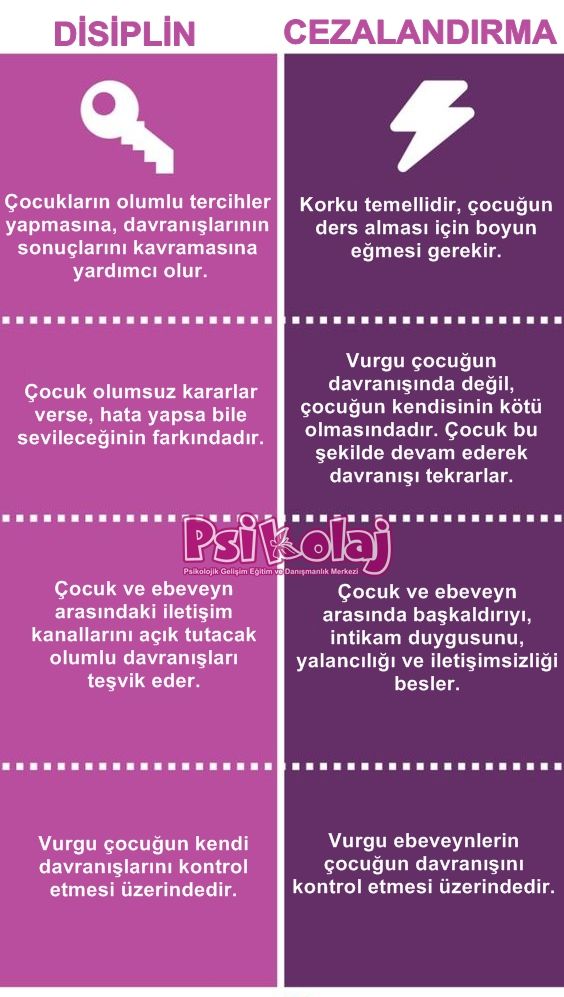 You scream and cry on the playground or in the store - I'm very sorry, but it spoils my mood so much that now I don't want to continue the walk anymore and we will have to return home. If you didn’t do your homework on time, then you have to do it before going to bed instead of a cartoon or evening reading. If you offended someone and did not apologize, then they will no longer want to play with you. The essence of this method is that for every action the child receives a response from life itself. This helps him gain an orientation in how the world works. It is this tactic that teaches children to anticipate the consequences of their actions in the future, to feel regret for what turned out badly.
You scream and cry on the playground or in the store - I'm very sorry, but it spoils my mood so much that now I don't want to continue the walk anymore and we will have to return home. If you didn’t do your homework on time, then you have to do it before going to bed instead of a cartoon or evening reading. If you offended someone and did not apologize, then they will no longer want to play with you. The essence of this method is that for every action the child receives a response from life itself. This helps him gain an orientation in how the world works. It is this tactic that teaches children to anticipate the consequences of their actions in the future, to feel regret for what turned out badly. -
Under no circumstances should a child have doubts that his parents love him for who he is. He must understand that he will be accepted regardless of his actions. That is why when punishing, it is important to focus on the offense, and not on the personality characteristics of the child.
 If, for example, a kid, while playing with food, spills soup, you should not tell him that he is a "blunder" - just explain why his act is bad and offer him a cleaning rag to consolidate the experience gained.
If, for example, a kid, while playing with food, spills soup, you should not tell him that he is a "blunder" - just explain why his act is bad and offer him a cleaning rag to consolidate the experience gained. -
When punishing a child, focus on staying in an adult position. If at the moment of a conversation with a child the parent feels irritation or despair, this means that he has been knocked out of the position of an adult. This often happens when children's tears, whims and tantrums awaken the inner child in us - then we become helpless. In this case, you should ask yourself the question "How old am I now?", step aside, cool down a bit and only after that return to the conversation. For example, in a situation where a child refuses to turn off the TV, but a large number of cartoons is definitely not good for him, a mother from an adult position can say this: “I'm sorry, but I can't let you watch the second cartoon, because if you watch two in a row, then you have a tantrum, and everyone’s mood deteriorates.
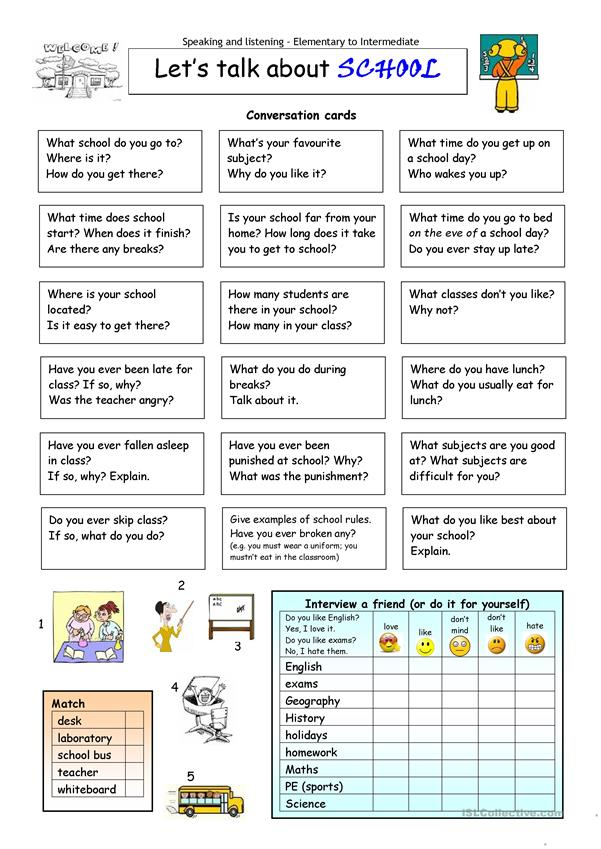 ”
” -
Be consistent, consistent and predictable in your demands and reactions. This means that within the family there must be some unified concept of what is possible, what is not, what is good and what is bad. The child must be initiated into the nuances of this concept and firmly know what he can be punished for. At the same time, the way the parents react should not depend on the mood, the weather outside the window and the time of year. For example, if a mother in a good mood asks a child to turn off the TV, and he starts to act up and does not turn it off, she, smiling, allows him to continue. But in the same situation, if the mother is in a bad mood, she starts to quarrel, scream and most likely punish the baby. In this state of affairs, the child is simply not able to learn what he can and cannot do.
-
It is very important to use so-called "temporary" language, rather than permanent language, when talking to a child about bad behavior. For example, “You just broke a toy, now you have to play without it for a while” instead of saying “You always break everything! I will never buy you toys again.
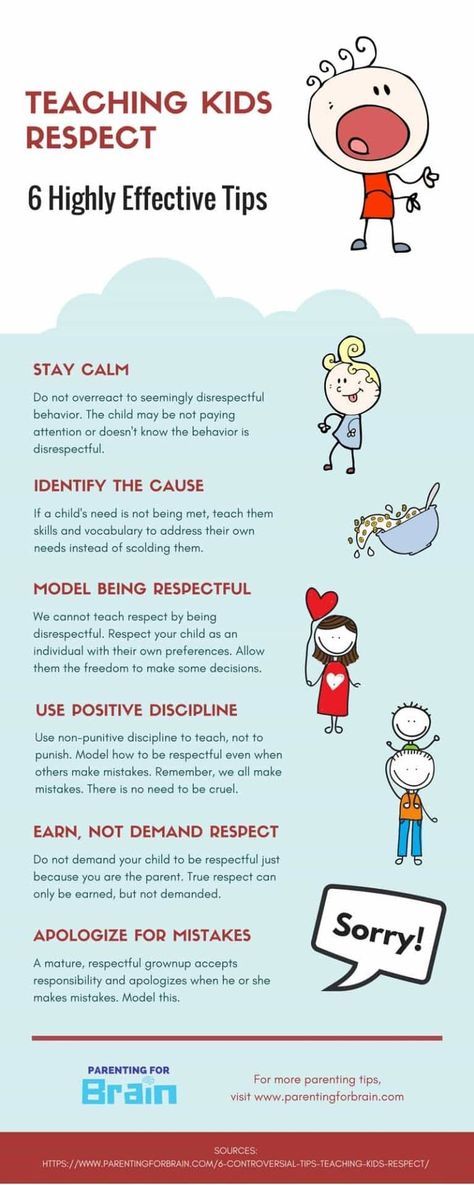 ” Using words such as “never, never, to anyone,” you risk not fulfilling this promise and losing trust.
” Using words such as “never, never, to anyone,” you risk not fulfilling this promise and losing trust. -
Punishment must be age-appropriate. It is useless to try to explain something and give lectures to a two-year-old kid, because he is simply not able to learn what you are telling him about and cannot concentrate voluntary attention for more than five minutes. In the same way, it does not make sense as a punishment to forbid a teenager to eat sweets.
-
Punishment must be just and proportionate to the seriousness of the act.
-
In no case should you frighten and intimidate a child - this is a sure way to teach him to lie and get out.
-
Always, under any circumstances, remember the greatest value that we have - the emotional connection with the child. After all, if you think about it, it becomes obvious that not a single spoiled sofa or a bad mark at school, an extra 30 minutes at the computer or a lost phone is worth breaking this connection, darkening the image of the inner parent that each of us hears somewhere in soul when it needs protection, support, love and acceptance.
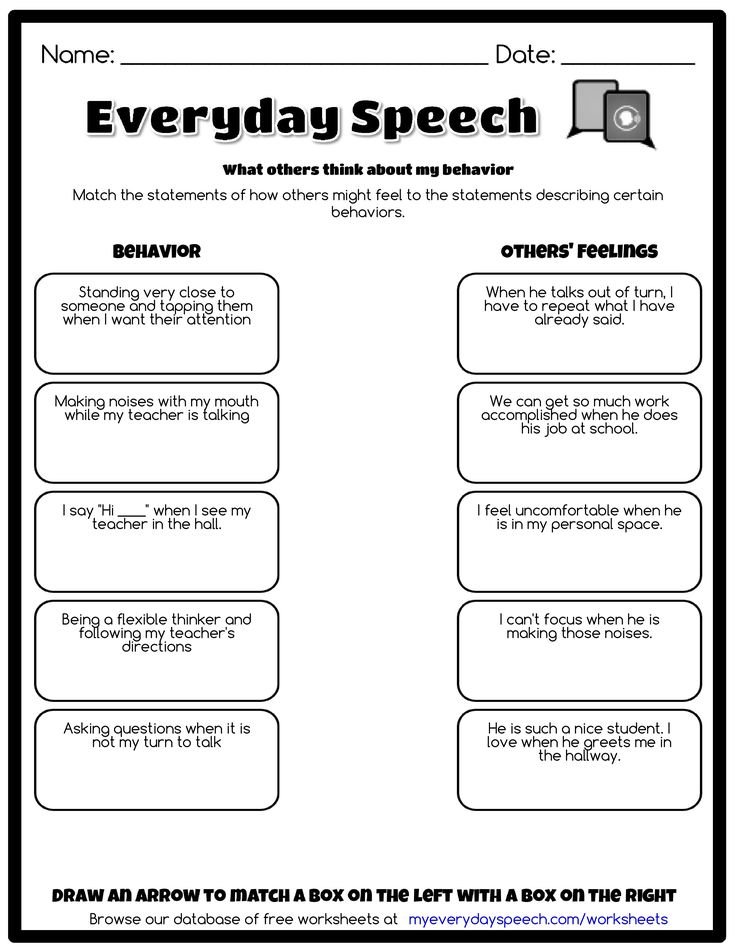
Read also:
If parents are perfectionists: 6 injuries from childhood
From what age the child needs his own smartphone: Psychologist's opinion
Photo: Antonio Guillem/Shutterstock
Psychology of Psychology of Psychology of Psychology of Psychology
How to punish a child without a belt
11/25/2019
3
What to do with a child who does not obey, manipulates, whines, rushes into tears just to get his own way? How to respond and should children be punished for bad behavior?
When we punish a child, we do something to him. But the task of parents is to avoid the call to punish and strive to solve the problem together with the child. When you think about punishing a child, then it's time to teach him how to behave correctly.
Let's see which methods of punishment do not work, and which ones really help the child learn to control his emotions and not repeat bad behavior in the future.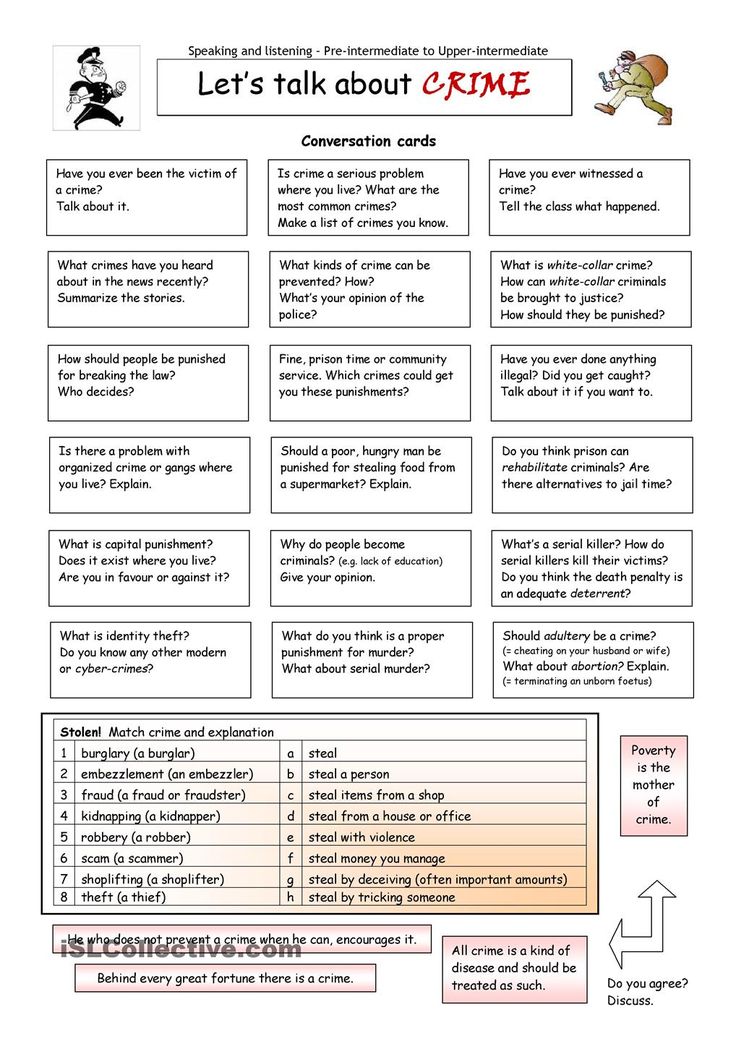
Punishments that teach nothing:
1. Put in a corner, beat on the bottom with a strap
This method of punishment does not teach the child anything. He does not get the correct behavior model. In this way, parents only show that they are physically stronger than the child.
Sending a child to his room in order to think about his behavior works similarly.
2. Call to apologize
Also does not work. Through this punishment, the kid understands that a person can be offended as you like, and then just apologize. The apology loses its value.
3. Deprivation of cartoons for the whole day
In this case, the child quickly says: “Well, without cartoons, then without cartoons!” and finds another job. He does not attach importance to such punishment, and again it does not teach him anything.
4. Unrestrained threats:
"No sweets!" "That's it, no cartoons!" - Usually the baby starts crying and begging even harder, and you change your mind: “Okay, just 1 candy/one cartoon…”
"If you misbehave, we won't go to the sea!" - Naturally, in this case it is clear that anyway, with any behavior of the child, the family will go to the sea. Since the ticket was bought in advance.
Since the ticket was bought in advance.
Such threats teach that parents do not keep their word. And the child learns to treat all attempts to establish boundaries in relation to other things as well.
When you are planning to make a malicious promise to your child, it is worth pausing and considering whether you can keep it. And if you make a promise, you need to keep it. Or better not to do it at all.
How to properly punish disobedience:
- Choose methods that preserve the dignity of both the child and the adult. Do not punish harshly.
- Methods of punishment must be age appropriate and understandable to the child. The child must be able to cope with punishment emotionally at the level of his development.
- Punishment should help the child learn and understand how his actions affect others and why.
- Give clear instructions to the child during punishment
- The punishment must be adequate to the “crime”
How to punish a child for bad behavior at 1 year old
From the age of one, you can already tell your child how he feels now:
- you are tired because you haven't slept;
- you are hungry, therefore you are angry;
- you are cold because you have not put on mittens.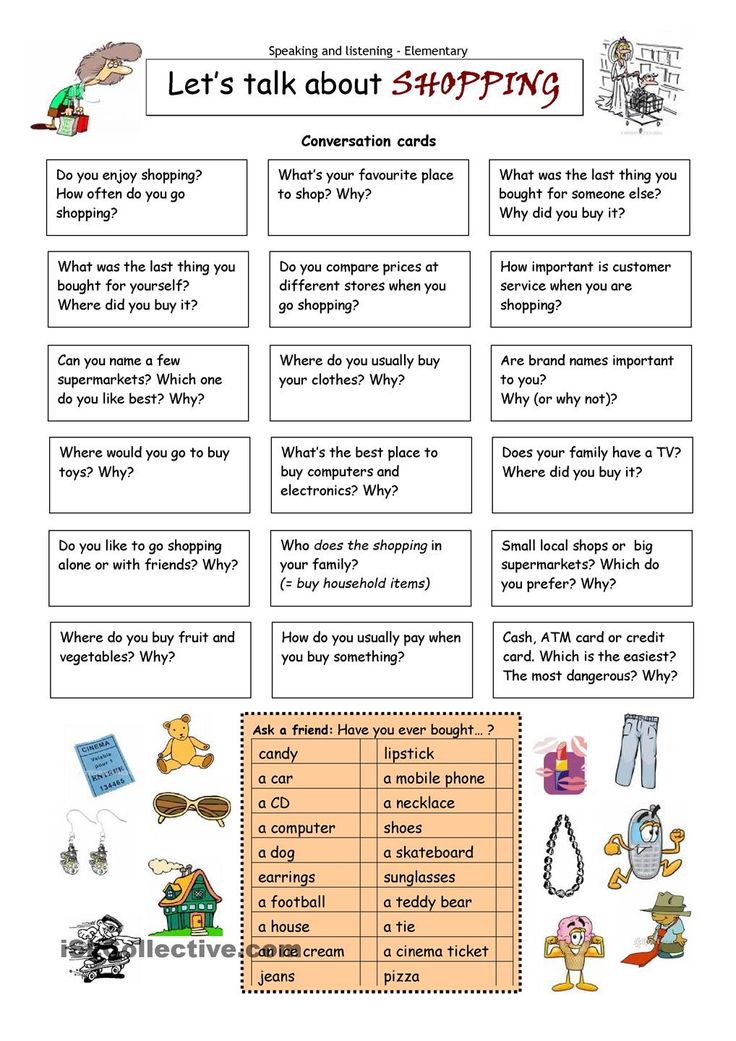
Learn to recognize your child from an early age. Highlight their strengths and areas that need support. You can not change the baby for yourself.
Start teaching discipline to your child as early as possible - think together about alternatives to physical punishment from a position of love. Strive to join efforts to resolve the issue: together we will manage, decide, come up with.
How to punish a child at 2-3 years old
The best way to punish is to take a time out, a break. It is especially effective during the crisis period, when the baby does not hear, does not see you. Time out helps when a child loses control of himself and his body and can cause harm to himself and others.
At such moments, you need to give the child the opportunity to catch his breath and get rid of the environment of excessive stimuli. For example, take it to another room. But to isolate not from a position to punish, but from a position - to give the child space where he can collect himself, catch his breath and return to a balanced state.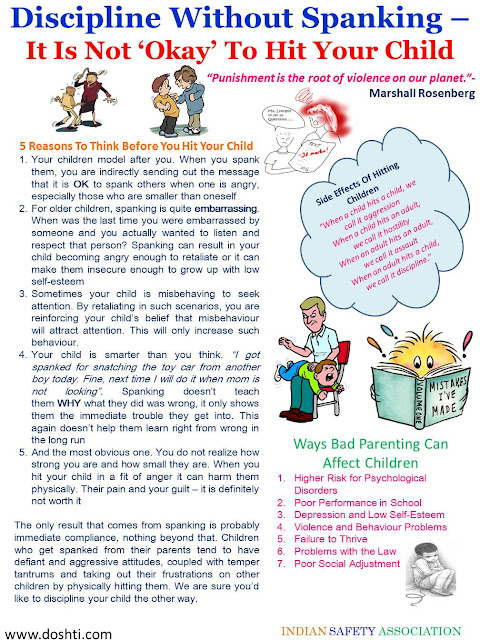
How to correctly punish with a time-out:
During a tantrum, take the child in your arms and calmly, but not accusatoryly or strictly, say: “Let's go with you to another room and breathe.”
The child may disagree, break out and run into another room.
Calmly say: “I see that it is difficult for you, I will help you.” Take him in your arms and put him back to you. Hug and give him tight control over your body. Say that you are ready to let him go when the arms and legs calm down and stop kicking. If he continues to struggle, hold the child until he calms down.
The message of such a respite:
- create a safe environment for all
- teach how to deal with your emotions by saying them to your child
- show that any feelings can be dealt with by noticing them
"Pillow of the world" - another option for effective punishment of a three-year-old child.
When you see the child starting to lose control, say, “Now is a good time to catch your breath and go sit on a cushion/chair.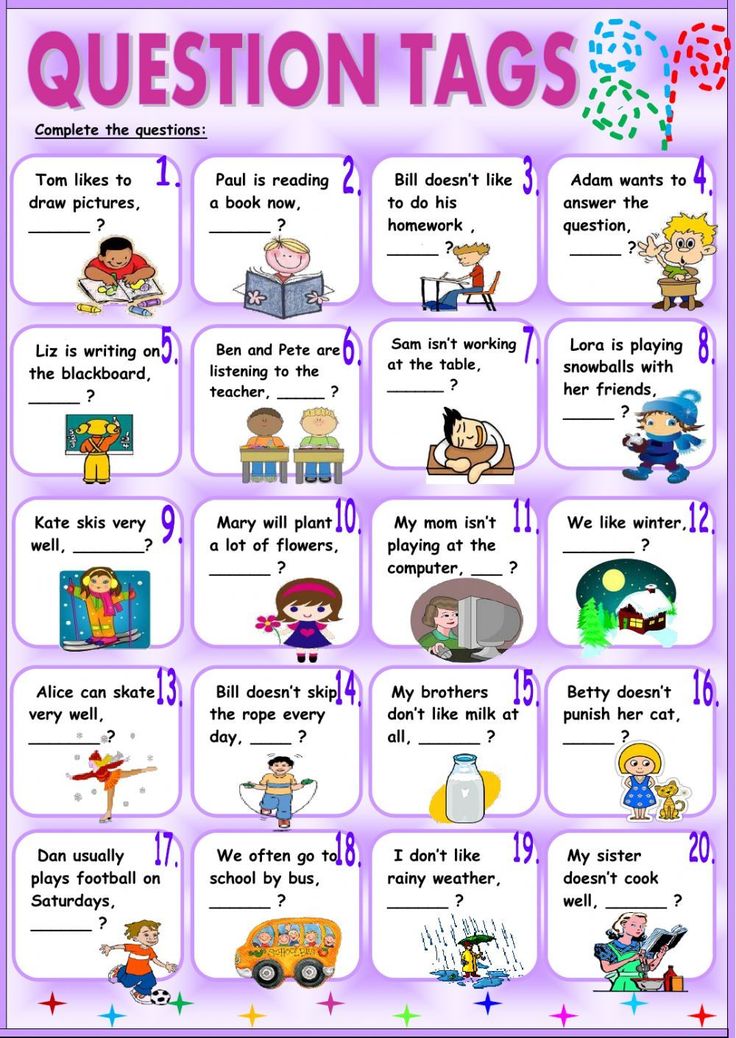 ” That is, send the child to a place where he feels comfortable.
” That is, send the child to a place where he feels comfortable.
You are not isolating the child, but offering a safe zone where he can calm down: “Now you need to sit on a pillow / in the room / in your favorite chair, and I need to drink tea. After that, we will discuss everything.”
If the child refuses, you yourself lead him and sit with him. In this case, the punisher must calm down himself and behave kindly.
How to punish a child at 4-5 years old
At this age, many parents think that the child is manipulating. Manipulation from the parent's point of view is a deliberately calculated scenario that will lead to the result: "To get candy - you need to kick, scream until mom gives it." But in fact, for a very long time, a preschooler is not capable of building such a plan.
Children are able to understand how they affect their parents: if you cry for a long time, my mother will make sure that I don't cry. When we reinforce such actions, the child remembers and repeats this scenario. And parents think that he is manipulating. What matters here is your reaction to stop this behavior.
And parents think that he is manipulating. What matters here is your reaction to stop this behavior.
During this period, children really need to feel the love of their parents. And so they may begin to lie, as it is important for them to be good for adults.
Use logical consequences as punishment.
This is the most understandable and intelligible form of punishment. It can be used even before the fourth year. We do not correct the child's mistakes, but let them feel and understand the result of their actions. For example:
- We went for a walk without a hat - he was cold. You can take out a hat and say: “Yes, you see, your ears get cold without a hat.” And the next time the child is going for a walk, ask him what to wear, do you need a hat? What should I wear today to keep him warm outside?
- The child is hungry for a walk because he has not eaten well. Explain, “You didn’t eat all of your lunch, now you see you don’t have the energy to walk.
